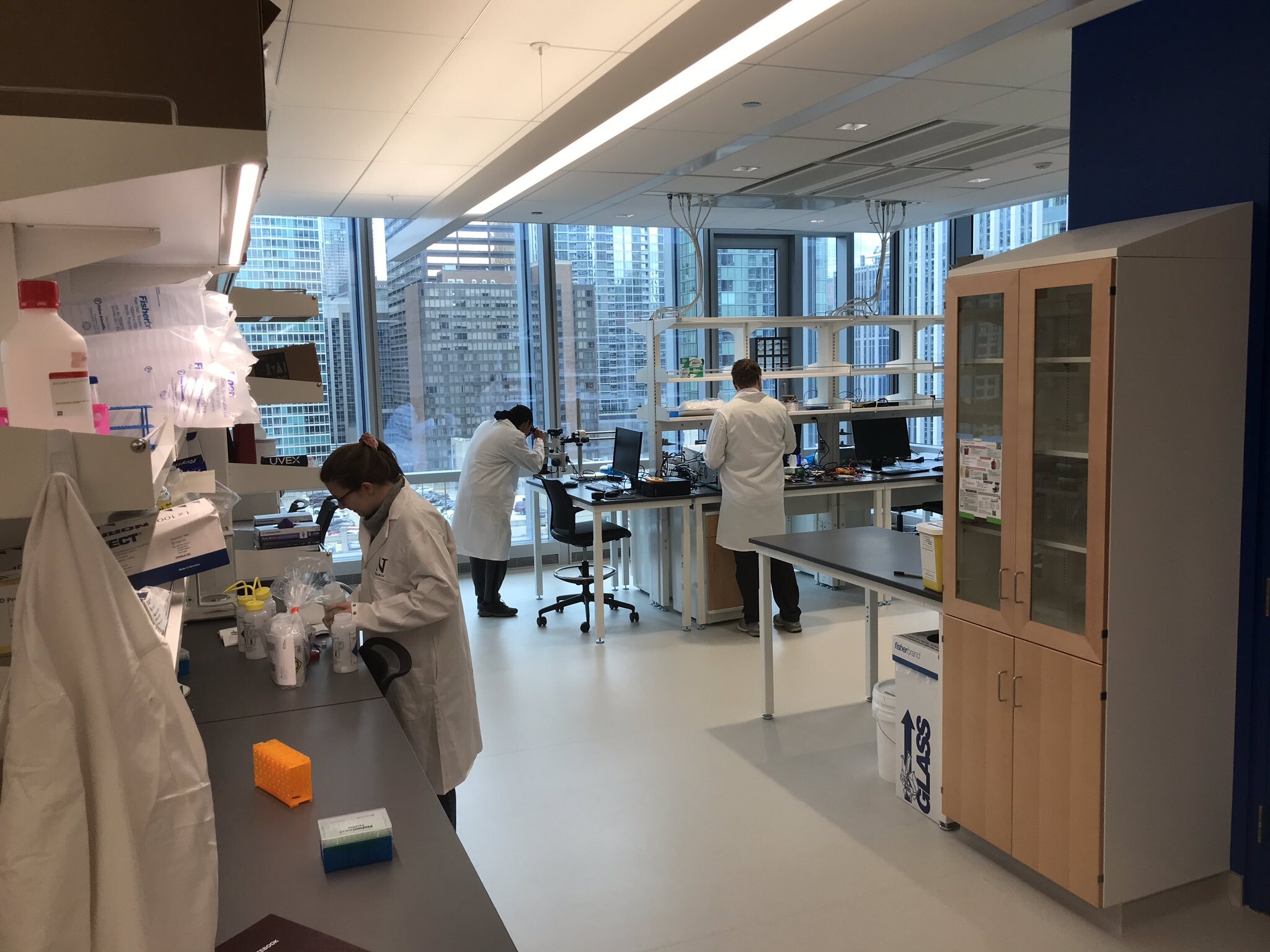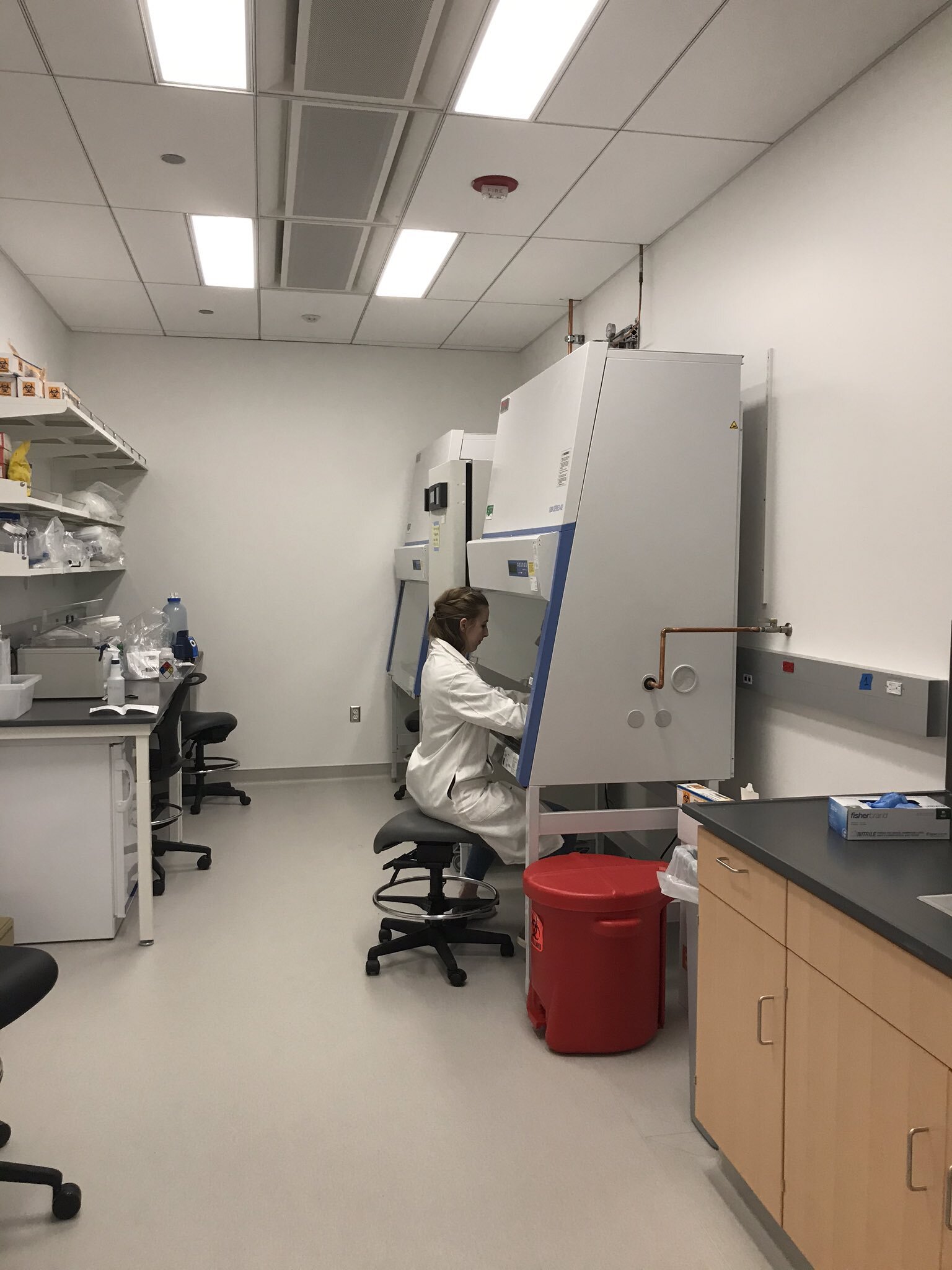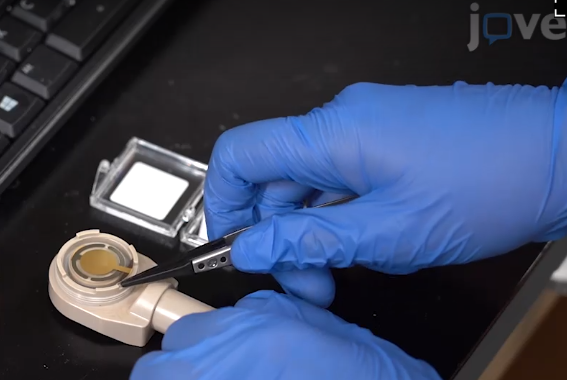Our work "A Semiconducting Two‐Dimensional Polymer as an Organic Electrochemical Transistor Active Layer" was published in Advanced Materials. Congratualtions to Reem Rashid for leading this effort with Austin Evans from Will Dichtel's group. This work involved a multi-group collaboration with the Marder, D'Allesandro, and Dichtel's groups.
Typical OMIECs are linear polymers, where defined and controlled microstructure/morphology, and reliable characterization of transport and charging can be elusive. Semiconducting two-dimensional polymers (2DPs) present a new avenue in OMIEC materials development, enabling electronic transport along with precise control of well-defined channels ideal for ion transport/intercalation. In this work we use a recently reported 2DP, TIIP, and patterned at 10 µm resolution as the channel of a transistor. Operating in an aqueous electrolyte, the 2DP-OECT exhibits a device-scale hole mobility of 0.05 cm2 V–1 s–1 and a µC* figure of merit of 1.75 F cm–1 V–1 s–1. 2DP OMIECs thus offer new synthetic degrees of freedom to control OECT performance and may enable additional opportunities such as ion selectivity or improved stability through reduced morphological modulation during device operation.
























